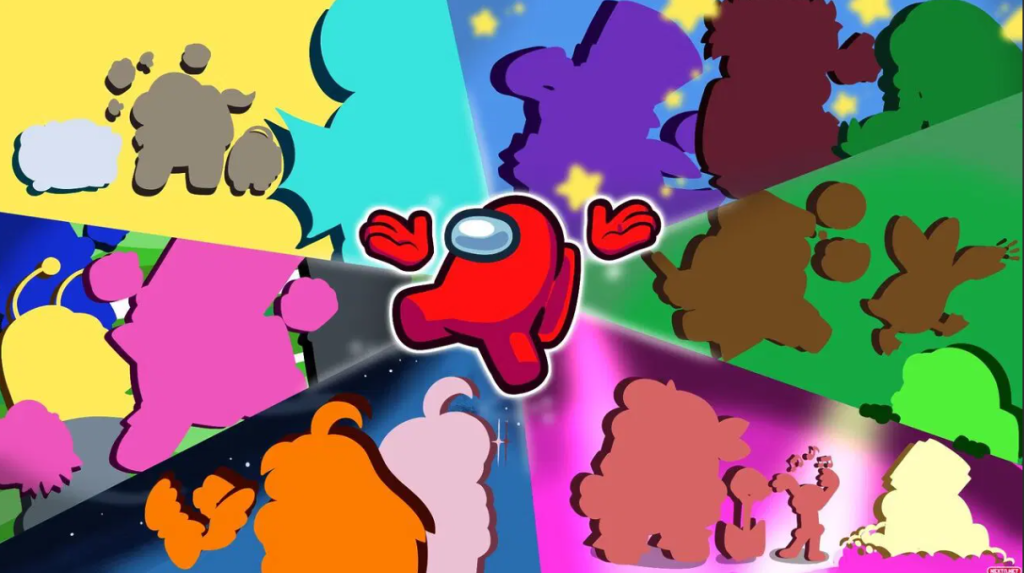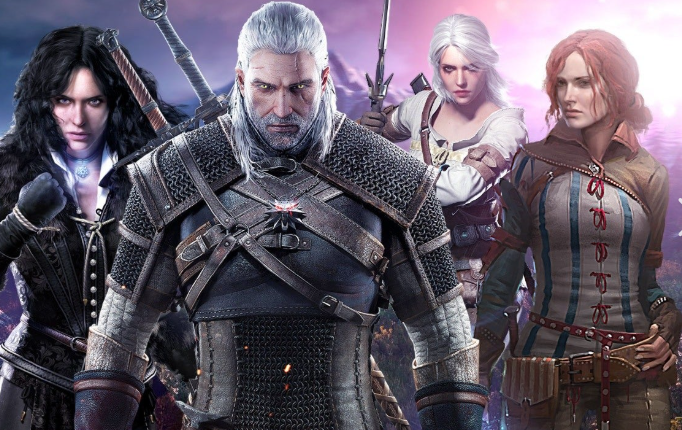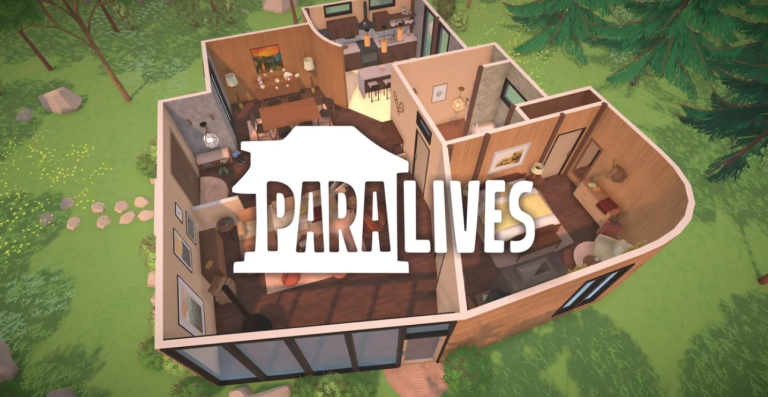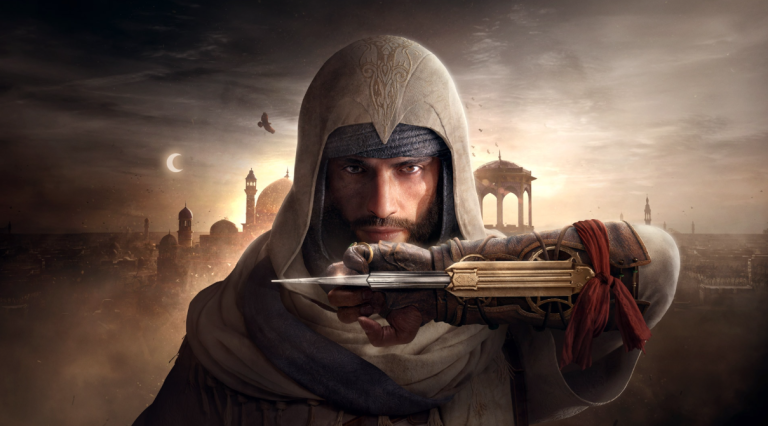
A couple of years ago, if you heard the words “sus” or “impostor,” chances are your mind went straight to Among Us. The tiny team at Innersloth saw their quirky party game explode into a cultural phenomenon almost overnight. Twitch streamers, YouTubers, and even politicians jumped aboard the hype train. But while the hype eventually cooled, the ripple effects of Among Us are still making waves—just in a very different corner of the gaming world.
Instead of doubling down on sequels or spinning off merchandise empires, Innersloth decided to do something few expected: they opened their wallets to support other indie developers. No marketing strings, no creative meddling, no IP demands—just funding. That initiative became Outersloth, and one year later, it’s already changing the rules of indie publishing.
In a heartfelt recap of Outersloth’s first year, Victoria Tran, Innersloth’s ever-candid communications director, lifted the curtain on the program’s successes—and its unique philosophy. The core idea? Trust indie devs to know what they’re doing and just give them the resources to do it. And maybe, just maybe, let good taste and good vibes guide the rest.
“We’re not a publisher,” Tran emphasizes. “We’re basically just throwing bags of money at good games.”

So far, they’ve funded 22 of them. And they’re not just backing safe bets or following trends. In fact, Tran jokes that their selection method is still largely “vibes-based.” That might sound flippant, but the results speak for themselves.
Take Mars First Logistics, for example. A quirky, physics-based space rover builder by Shape Shop, it became one of the highest-rated and best-selling Outersloth-backed titles on Steam. Then there’s Clickolding by Strange Scaffold—an absurdist clicker full of existential dread. Even this oddball managed to pull in “Very Positive” Steam reviews. Not every game is a runaway hit, but all of them have found their own audience, and that’s kind of the point.
In an industry where publishers usually receive thousands of pitches a year and sign less than 1% of them, Outersloth is an anomaly. Their signing rate sits around 1.4%, nearly nine times higher than the industry average reported by game industry veteran Jason Della Rocca. Why? Because Outersloth isn’t trying to pick the next billion-dollar franchise. They just want good games to get made.
Of course, it helps that Among Us continues to float the boat financially. “We’re able to take on more projects and likely get fewer submissions,” Tran explains. “And because we don’t depend on it to pay our salaries, we can be less rigid.”
That flexibility also means a broad range of genres. Out of the 22 games signed, RPGs have taken the crown in terms of quantity—six in total. Roguelites, narrative adventures, card games, clickers, and platformers are all in the mix. No genre dominates, but RPGs tend to be the pricier ones. Of the six games that broke the $1 million funding mark, it’s a safe bet that several were from this category, given their complex storytelling, mechanics, and production values.
Despite the occasional big check, most of the games fall under the $500,000 mark. There are three titles in the mid-tier ($500k–$999k) range, and Tran suggests the average for the lower tier hovers around $250k. By back-of-the-napkin math, Outersloth has likely invested over $10.5 million so far—and that’s without factoring in any co-investments from mysterious unnamed partners.
And those partners matter. Outersloth isn’t flying solo. They’re working with people like Casey (presumably Casey Yano, co-founder of Innersloth) and other undisclosed funders to share the load. That lets them stretch their budget across more games and keep things sustainable.
Because yes, even with Among Us money, the goal isn’t to burn through cash like a crypto startup. Outersloth was designed with a five-year plan in mind—now trimmed to three. Each quarter, they pace their spending so developers in 2028 still have a shot. It’s a slow burn, not a gold rush.

Yet despite its measured approach, Outersloth has already inspired copycats. Just minutes after Palworld—another viral success—dropped, Pocketpair was getting flooded with publishing pitches. They’ve since launched Pocketpair Publishing, which operates with a bit more involvement in the creative direction. But even there, the Innersloth effect is clear: indie developers are hungry for more flexible, less corporate forms of support.
Tran isn’t making any grand promises. Outersloth may not last forever. It may not scale up. But in just a year, it’s proven that there’s another way to back great games. A way that doesn’t rely on spreadsheets, pitch decks, or chasing trends. A way that trusts creators and, most of all, the players who find joy in their work.
For now, Outersloth remains an “immense success” in Innersloth’s eyes. Not because it’s changing the industry overnight, but because it’s quietly, consistently helping indie dreams become real. And if that’s not worth celebrating, what is?
![]()


